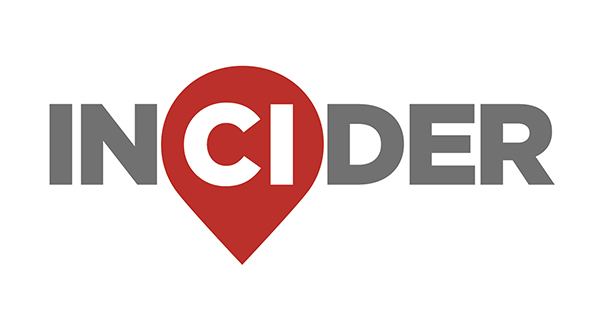The details
The terminal feasibility and planning study will develop an analysis of the airport’s existing terminal facility in comparison to current operational demand and forecasted needs. The study will also provide guidance and recommendations for the size of a new general aviation airport and fixed base operation, or FBO, terminal along with cost, revenue and return on investment projections, agenda documents state.
The city issued a request for qualifications for the study and received one response from PGAL, an international design firm that has experience working with airports of similar size throughout Texas, according to agenda documents.
Digging deeper
The New Braunfels National Airport terminal building was built in 1998 and has a:
- Conference space
- Passenger lobby
- Flight planning, vending area
- Customer service counter
- Fuel service desk
The study will provide the foundation for potential investments in a new airport or FBO terminal by documenting limitations at the current facility and identify missed economic opportunities due to space constraints, including limitations on corporate aviation, business jet activity and additional aviation services, Communications Manager David Ferguson said in an email to Community Impact.
The feasibility study will evaluate other revenue generating opportunities within the facility, such as a restaurant and assess the need for modern technology integration such as automated passenger check-in systems, digital flight information displays and improved security features.
PGAL will also assess capital costs, operational costs, projected revenues and provide a cost-benefit analysis comparing investment levels with long-term revenue potential. The study will also identify implementation strategies and potential funding sources, including FAA grants, public-private partnerships, and city and state funding, the email states.
Looking ahead
The feasibility study is anticipated to be complete by early 2026 before going back to City Council, according to the email from Ferguson.





